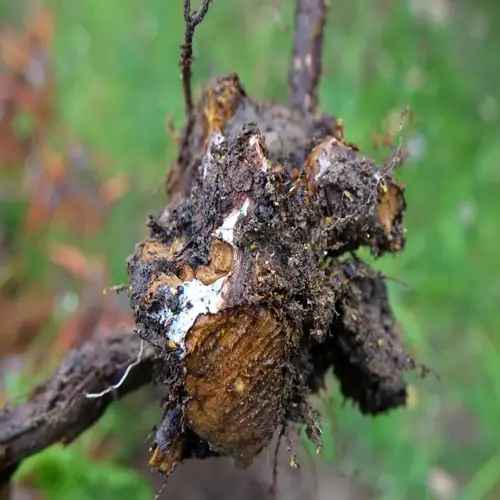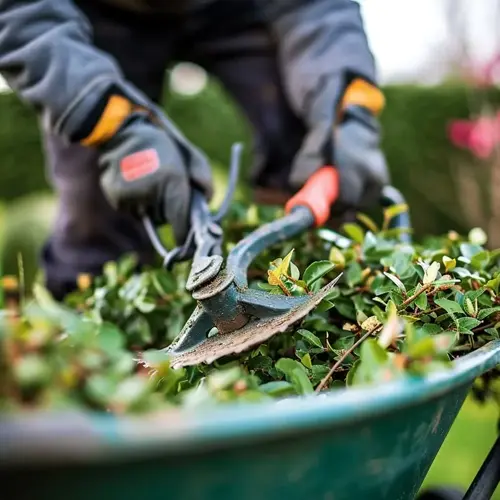How to improve clay soil without tilling?

Written by
Tina Carter
Reviewed by
Prof. Samuel Fitzgerald, Ph.D.Without tilling, ameliorating heavy clay soil helps retain its structure and avoids the risks of compaction. No-till practices retain microbial networks, which are crucial for maintaining soil fertility in the future. Over time, these approaches enhance soil health through biological processes rather than mechanical disturbances.
Layered Mulching
- Technique: Apply 6-inch alternating green/brown material layers
- Materials: Straw, grass clippings, shredded leaves, compost
- Timing: Start in early fall for winter decomposition
- Benefit: Creates rich topsoil within 12-18 months
Broadfork Aeration
- Tool: Use wide-tined fork without soil inversion
- Depth: Reach 12-18 inches for deep compaction relief
- Frequency: Once annually before planting season
- Benefit: Preserves soil layers while improving drainage
Cover Crop Rotation
- Summer: Daikon radish penetrates 24+ inches deep
- Winter: Tillage radish decomposes creating bio-pores
- Termination: Mow/crimping avoids soil disturbance
- Benefit: Natural tillage without equipment
Layered mulch can be achieved by alternating high-carbon and high-nitrogen material. Cardboard layers help smother out weeds, then alternating straw and compost leaves on top. The layers will blend into one another naturally through the interaction of earthworms, creating topsoil while preserving the integrity of the subsoil.
Utilize broadforks selectively for deep aeration without inverting the soil. Position the broadfork vertically and step gently on the crossbar to sink the tines, then gently rock backward. Make this expansion every 12 inches across the planting beds to relieve compaction and maintain the integrity of the soil layers and microbiology.
Schedule cover crops for optimal biotilling. Follow best management practices and plant deep-rooted cover crops, like daikon radish, 8 weeks before the first frost. As the deep roots penetrated the compacted layers, they naturally winter-killed. The decomposition of these cover crops created permanent drainage channels and improved overall soil structure productively and sustainably.
Continue to complete no-till systems with yearly top-dressing. In the first week of spring, after broadforking, apply 1-2 inches of finished compost each year; this not only feeds soil biology but also builds organic matter slowly. Do not walk on prepared beds to avoid recompaction and losing the benefits of the improvement work.
Read the full article: Soil Amendments for Clay: Transform Your Garden

